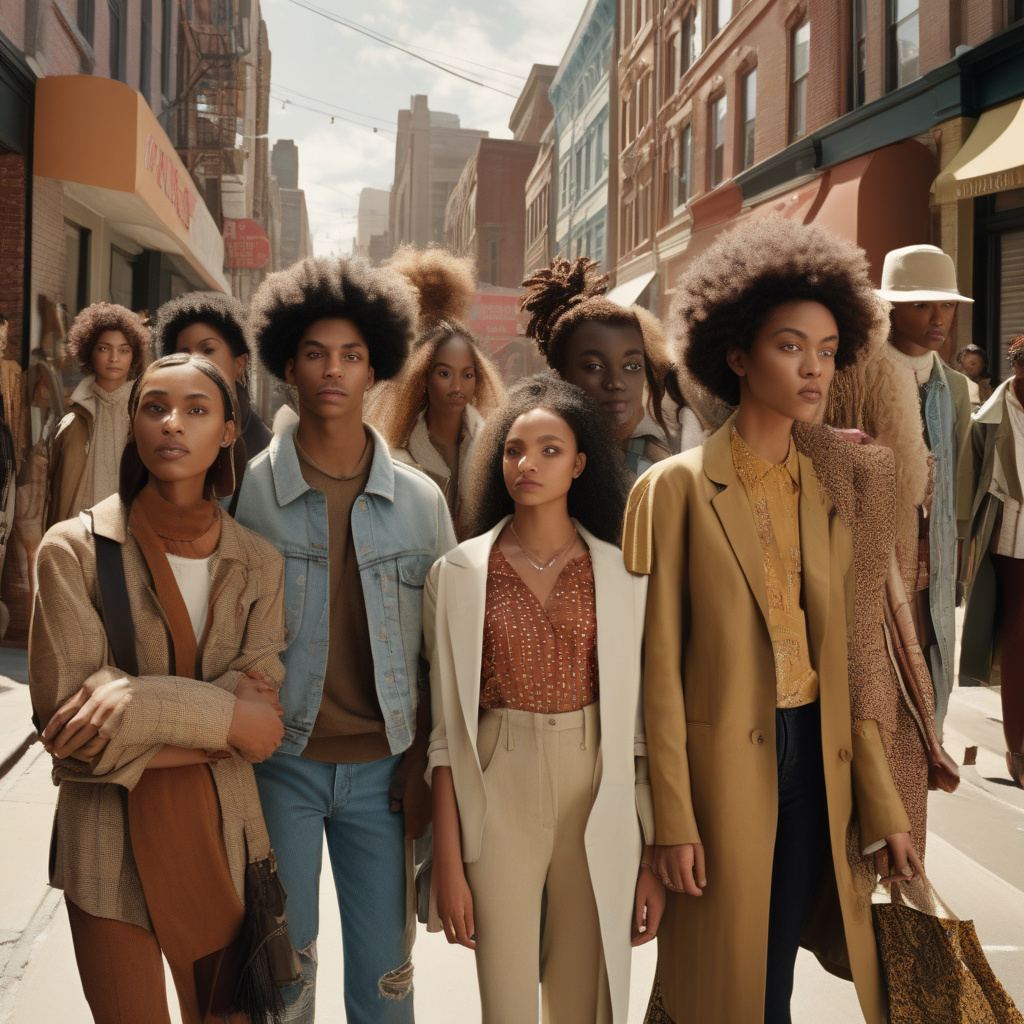Misguided Regulation Is Putting the Sustainable Fashion Movement at Risk
The sustainable fashion movement has been gaining momentum in recent years, with consumers increasingly demanding transparency, ethical practices, and environmentally friendly production from the industry. Europe has been at the forefront of these efforts, pioneering new regulations aimed at making fashion more responsible. However, a backlash against these regulations is now threatening to undermine the progress that has been made.
Complex and costly new rules are being met with resistance from some within the fashion industry. Critics argue that the regulations are burdensome and difficult to comply with, putting strain on businesses that are already facing economic challenges. This pushback is not only hindering efforts to make fashion more sustainable but also risking the reputation of the movement as a whole.
Kenneth P. Pucker, a leading voice in the sustainable fashion space, warns that failing to address these valid criticisms could have far-reaching consequences. While regulations are important for holding the industry accountable and driving meaningful change, they must be carefully crafted to be effective and practical. Overly burdensome regulations run the risk of driving businesses away from sustainability efforts altogether, undoing the progress that has been made.
One of the key criticisms of the new regulations is their complexity. For small and medium-sized fashion companies, navigating the intricate requirements can be a daunting task. Compliance costs can quickly add up, putting pressure on businesses that may already be operating on thin margins. In order to truly encourage widespread adoption of sustainable practices, regulations must be clear, concise, and feasible for businesses of all sizes to implement.
Another challenge is the lack of harmonization between different regulatory frameworks. With each country or region having its own set of rules and standards, fashion brands that operate internationally are faced with a patchwork of requirements that can be difficult to reconcile. This not only adds to the compliance burden but also creates confusion and inefficiencies within the industry.
To address these challenges, stakeholders in the sustainable fashion movement must work together to find solutions that balance regulatory oversight with practicality. Collaboration between industry players, policymakers, and advocacy groups is essential to ensure that regulations are effective, enforceable, and supportive of the overall goals of sustainability.
In conclusion, while regulations play a crucial role in driving the sustainable fashion movement forward, misguided and overly complex rules threaten to derail the progress that has been made. It is imperative that stakeholders come together to address valid criticisms and work towards a regulatory framework that is clear, practical, and conducive to industry-wide adoption of sustainable practices. By doing so, we can ensure that the sustainable fashion movement continues to grow and thrive, making a positive impact on both the industry and the planet.
sustainable fashion, regulations, industry, sustainability, Europe












